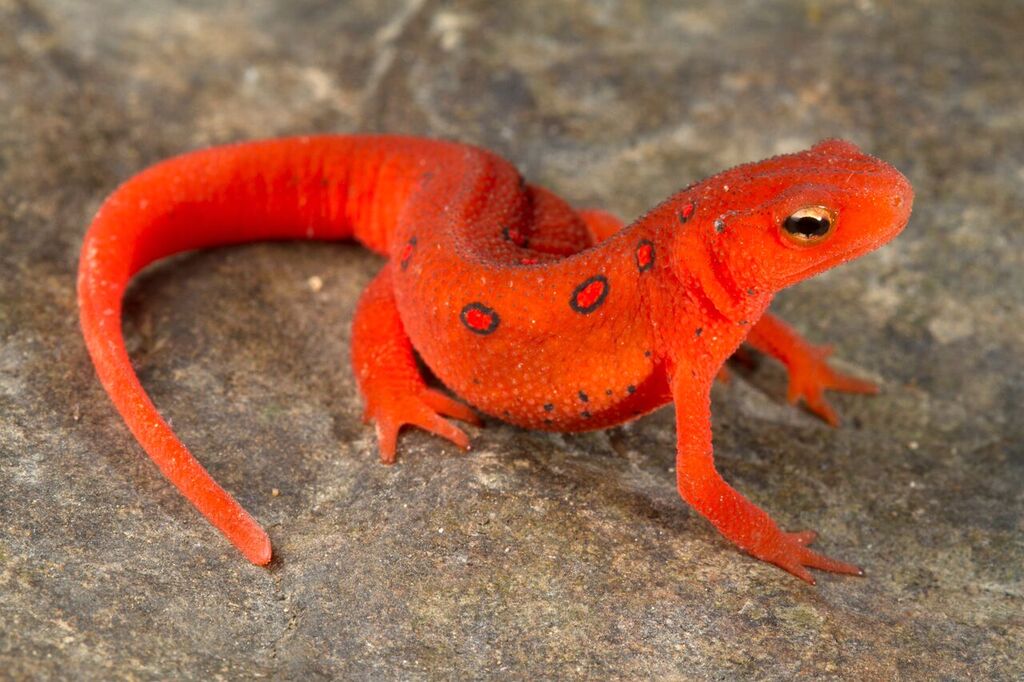(WBIR - GATLINBURG) Black bears have been the highlight of the summer and fall season.
But what about the smaller creatures that inhabit the Smokies?
They may be tough to spot, but the Great Smoky Mountains National Park is full of a mysterious species - salamanders.
"They are very fast," said Gar Secrest. "They are very tricky to catch."
Surrounded by visiting students from Ellis Middle School in Nashville, Secrest is teaching the art of hunting for salamanders.
"They can blend in really well, so it's exciting to try and catch them," said Secrest.
As a teacher naturalist for the Institute at Tremont, Secrest spends many of his days passing on his knowledge to the younger generation.
The group is looking through a stream to try and find the secretive but abundant creature.
"You could take all of the salamanders in the park and weigh them on a scale and if you compare that to all the black bears in the park the salamanders would actually weigh more," explained Secrest.
The national park is home to 30 different species, making it informally the Salamander Capital of the World.
"We have really dark brownish, blackish ones that blend in with the rocks of the stream, we have others that are brightly colored as a warning to predators," said Secrest.
Salamanders not only range in color but also in size.
"The largest species we have here is the hellbender and they look really different," said Secrest. "They can get up to 2 feet long maximum. They have a huge head and little beady eyes."
The search for salamanders is not only captivating to children but an important part of research for scientists.
"We monitor their population as an indicator of how our ecosystem is doing," said Secrest.
Twenty-four out of 30 of the species in the Smokies can breathe through their skin, allowing ecologists to tell the health of the water they're in.
Probing a stream nearby is University of Tennessee doctoral student Todd Pierson.
"Although there has been a lot of research already, there's still a lot we don't know," said Pierson.
His studies of ecology and evolutionary biology bring him face to face with the elusive amphibian.
"Although they are abundant in a lot of these places, they are also very secretive," said Pierson. "That's how they make their living. They are good at avoiding you."
The pursuit of salamanders takes him from the water to the wood.
"There's some that are very aquatic and you won't find them out of the water, and there's some that don't enter the water their whole life," said Pierson.
Featuring a vast variety of habitats, the mountains provide an ideal home for salamanders.
"Springs and seepages, ponds and big streams like this and mountaintops at really high elevations," described Pierson.
Thirty different species also brings 30 different quirks.
"The truth is that even in the middle of the winter some of these things are active. You can chip through ice sometimes," said Pierson.
They're fascinating creatures that continue to draw scientists and students alike to the mysteries of the mountains.
"There is so much life here in the Smokies, so much diversity that you could study it all your life and yet you're always learning something new," said Secrest.
Secrest and Pierson work with Tremont and have the authority to conduct salamander research, but the park asks that visitors don't disturb the rocks and areas that salamanders live in.


